Benefits of the neglected and Underutilized in Tai Local Government Area of Rivers State.
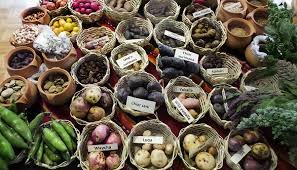
In a recent post, I shared part of my findings on neglected and underutilized crops (NUCs) in Tai Local Government Area of Rivers State. This is a continuation of my previous post and the concluding part of it on the benefits of the NUCs during the course of my study. The specific crops studied were three leaved yam, water yam and cocoyam.
Factors responsible for neglect and underutilization of some crops
I. Social factors
Decisions of farmers to replace traditional, local crops with new varieties and improved crops, Changes in diet that accompany urbanization, loss of the indigenous knowledge of traditional and local crop, Inadequate awareness of the nutrition value of local varieties, perceived low status of some local and traditional foods, migration of farm labour to urban areas, overexploitation of wild resources
II. Economic factors
Changes in land use Low commercial value of NUS, Lack of competitiveness of NUS with other crops, lack of market infrastructure, Lack of market niches for NUS, Lack of incentives for farmers to continue to maintain NUS in their fields and, Garden
III. Environmental factors
Genetic erosion of NUS gene pools through the effects of droughts, fires, pests, diseases, overexploitation, overgrazing, land clearing and deforestation, Effects of climate change, Environmental pollution, Ecosystem degradation
IV. Agronomic factors
Insufficient propagation materials and seeds, Lack of seed supply systems, Insufficiently trained human resources, Overuse of pesticides, fertilizers and other agrochemicals
V. Political factors
Failure of national and local governments to make conservation and use of NUCs a priority,
lack of funds for ex situ conservation, Lack of adequate facilities and electricity supplies to maintain ex situ collections, Failure of governments to support scientific research on NUCs, Lack of characterization, breeding and evaluation information, Absence of legal frameworks, policies, projects, national programmes and strategies, Lack of integration between conservation and use programmes
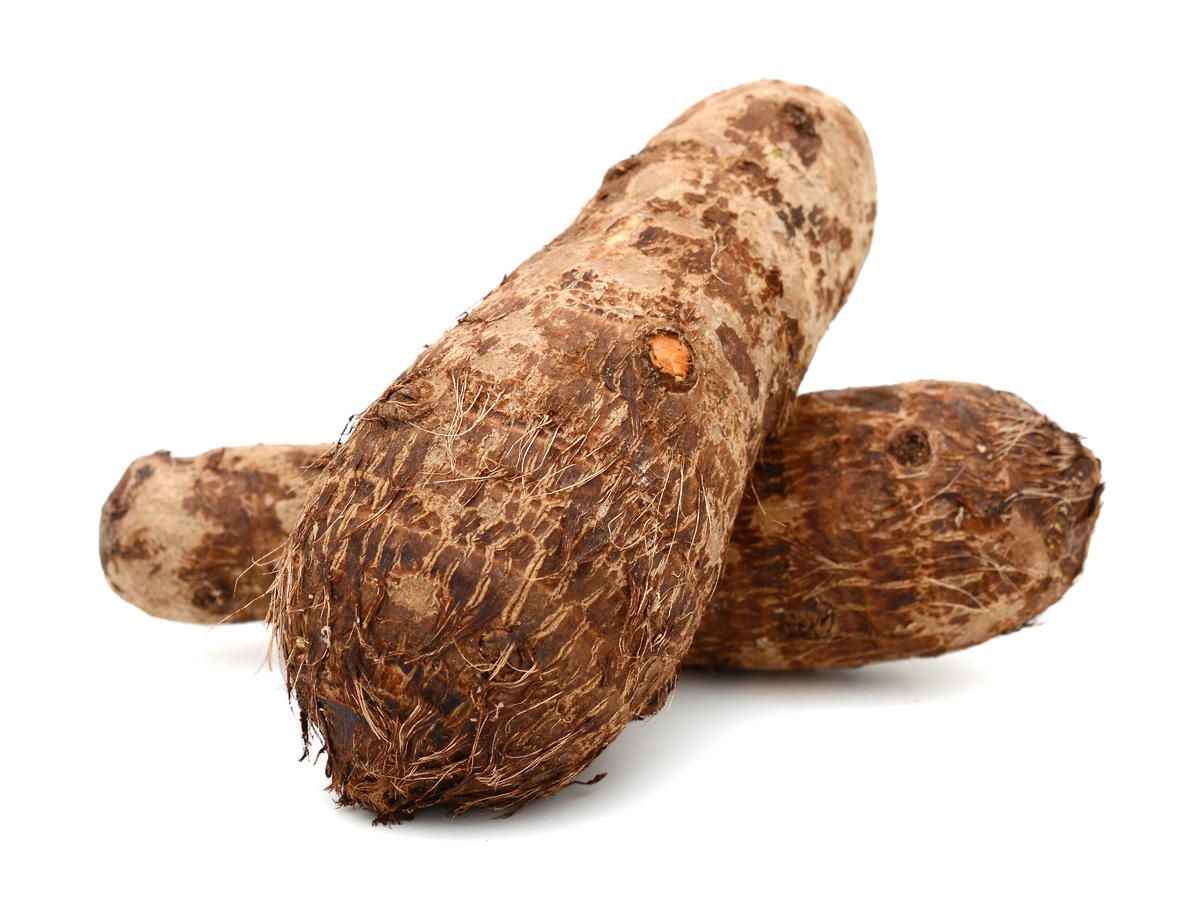 Typical water yam (Dioscorea alata)
Typical water yam (Dioscorea alata)
Health benefits of water yam (Dioscorea alata)
Dietary intake of water yam has a regulating effect on human blood pressure. Dioscorea alata is a crop with potential for increased consumer demand.
Due to its low sugar content, water yam is mostly recommended for diabetic patients and obese (fat) persons.
Dioscorea alata is known to contain bioactive compounds such as dioscorine, diosgenin and water soluble polysaccharides. Dioscorine, water soluble storage protein of yam is reported to inhibit ACE (angiotensin converting enzyme) activity which plays an important role in management of hypertension.
Diosgenin present in Dioscorea alata, is a compound that can be absorbed through the gut and plays an important role in the control of cholesterol metabolism.
It also shows estrogenic effect .
Moreover, water yam may also help to reduce irritability and its anti- inflammatory benefits might offer relief of joint pain that often accompanies menopause because of its diosgenin content which is often promoted as a natural alternative to oestrogen therapy.
Furthermore, it performs anti- tumour activity because of the natural steroidal hormone it contains. This would explain the anti- arthritic, especially relating to rheumatoid arthritis, and anti-rheumatic effects observed traditionally.
In addition its extract increased progesterone activity and inhibited growth and reproduction of breast cancer; therefore, water yam may help prevent certain forms of breast cancer.
It is important to note that ethanol extracts of the tubers of water yam promotes formation of new bone cells as well as reduce bone loss that arise from bone disease such as Osteo-arthritis.
Another interesting health benefit of water yam is its role in increasing fertility.
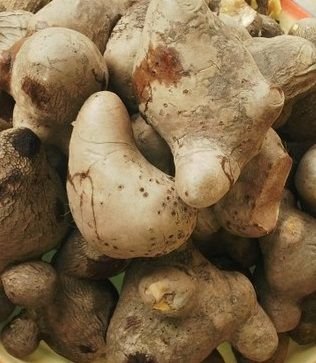 A three leaf yam (Dioscorea dumetorum)
A three leaf yam (Dioscorea dumetorum)
Health benefits and uses of 3 leaved yam
Dioscorea dumetorum is the most nutritious of the commonly cultivated yam species. It is a good source of carbohydrate, protein, vitamins and minerals when compared with other common species of yam.
In the south eastern Nigeria, Dioscorea dumetorum is utilized in treatment of diabetic patience and as herb for treatment of various ailments.
In the south-western Nigeria, it is utilized in the treatment of malaria.
It has potential of being used in bakery and pharmaceutical industries.
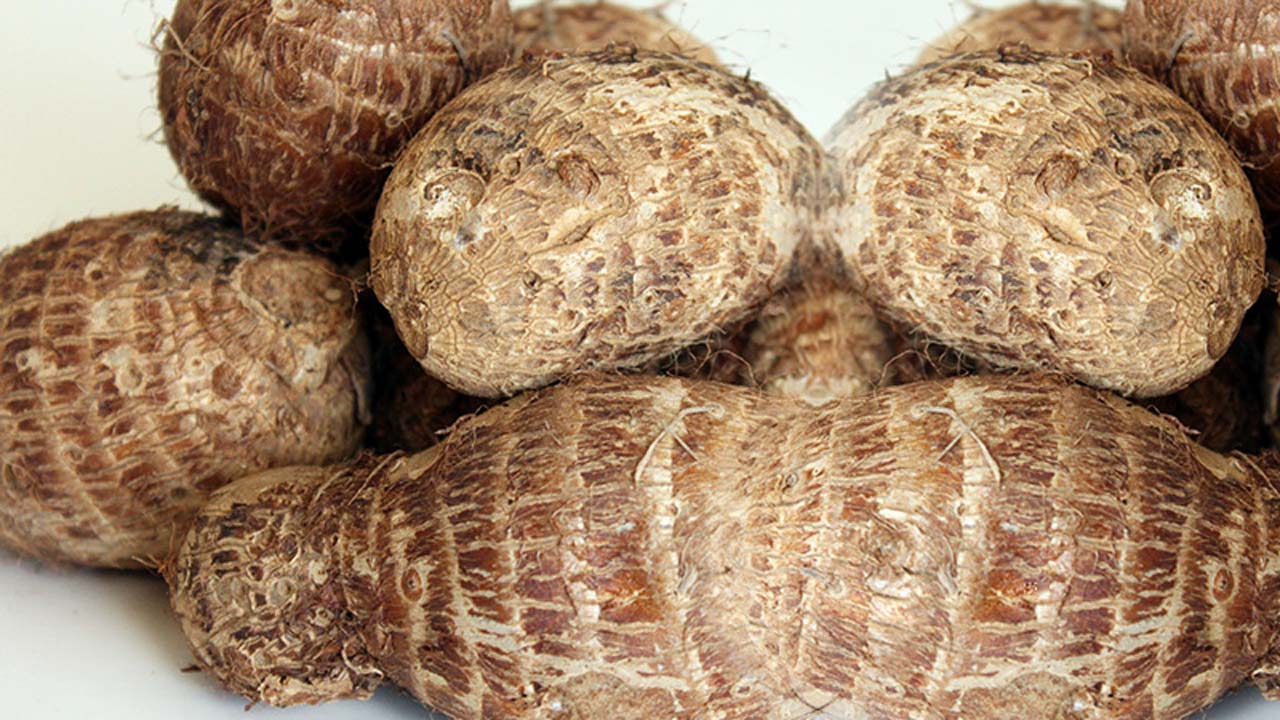 Cocoyam tubers (Xanthosoma sagittifolium)
Cocoyam tubers (Xanthosoma sagittifolium)
Health benefits and Uses of cocoyam (Xanthosoma_sagittifolium)
Cocoyam has more crude protein than other roots and tubers and its starch is highly digestible because of the small size of the granules. Its contents of calcium, phosphorus and vitamins A and B are reasonably higher. These nutritional attributes make it a good base for food preparation for infants, and it has been shown that cocoyam starch can be incorporated in the development of weaning food which is highly digestible and accessible to low-income earners.
Cocoyam has a very high nutritional profile whose corms, cornels, stalks and inflorescence are all utilized in human nutrition in a variety of ways either, cooked and eaten alone or together with other dietary staples and vegetables or pound into flour.
Cocoyam is recommended for diabetics, nursing mothers, and the aged, children with allergy and people with intestinal disorders. However, the starchy flesh is toxic to an irritating level, unless well cooked and the corms/cornels have very short shelf-life in the store.
In Nigeria, the corms are mashed with cassava as ‘fufu’, can be boiled/roasted/fried with vegetables and palm oil. It also serves as soup thickener and can be preserved as dry chips (achicha) or as flour.
Young leaves of cocoyam are also consumed as vegetables.
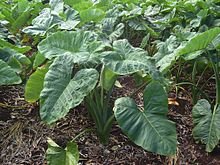
Cocoyam plant (Xanthosoma sagittifolium) showing its broad leafs.
DISCLAIMER
This post is for enlightenment purposes only and should not be used as a replacement for professional diagnostic and treatments. Remember to always consult your healthcare provider before making any health-related decisions or for counselling, guidance and treatment about a specific medical condition.
